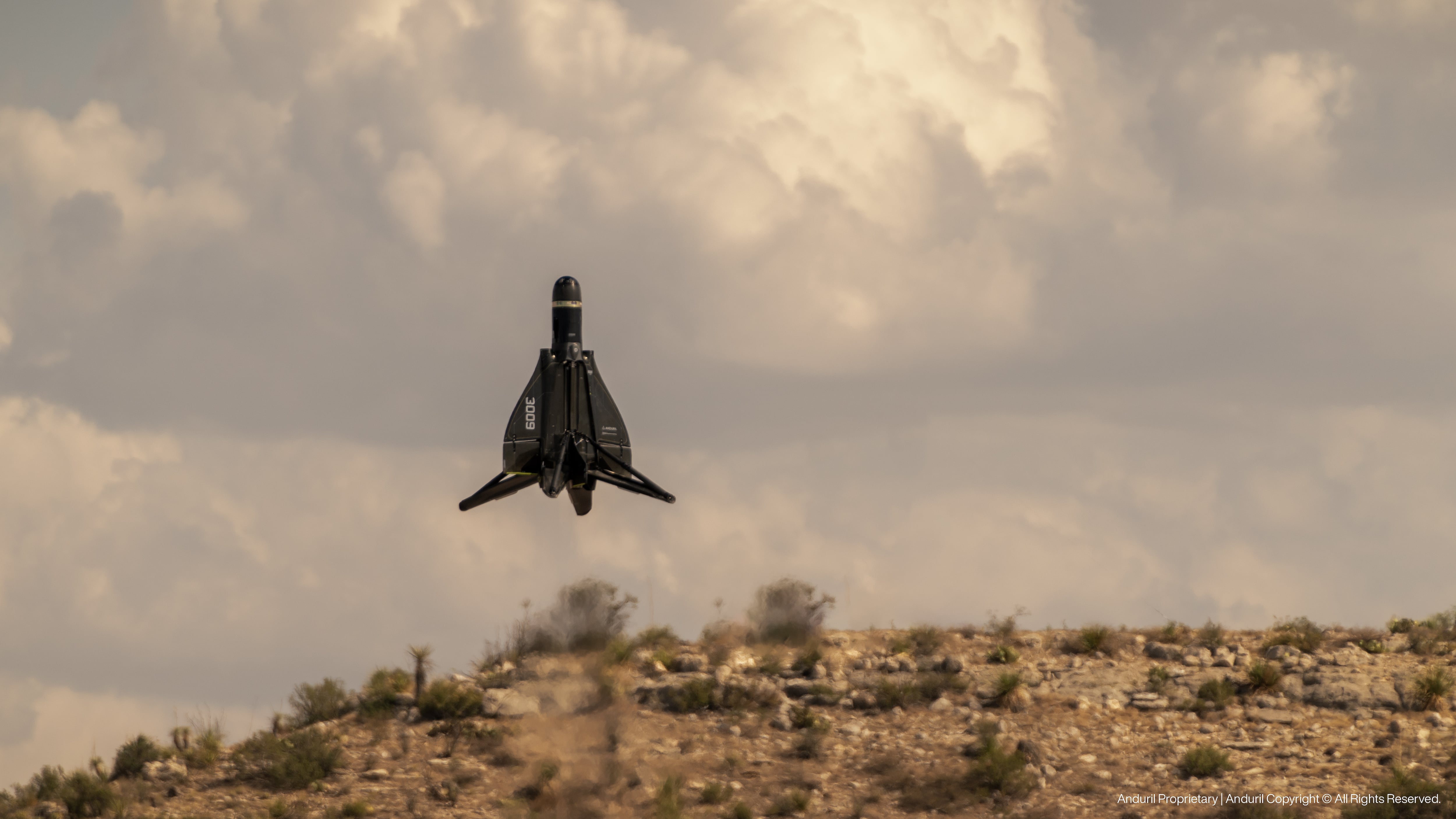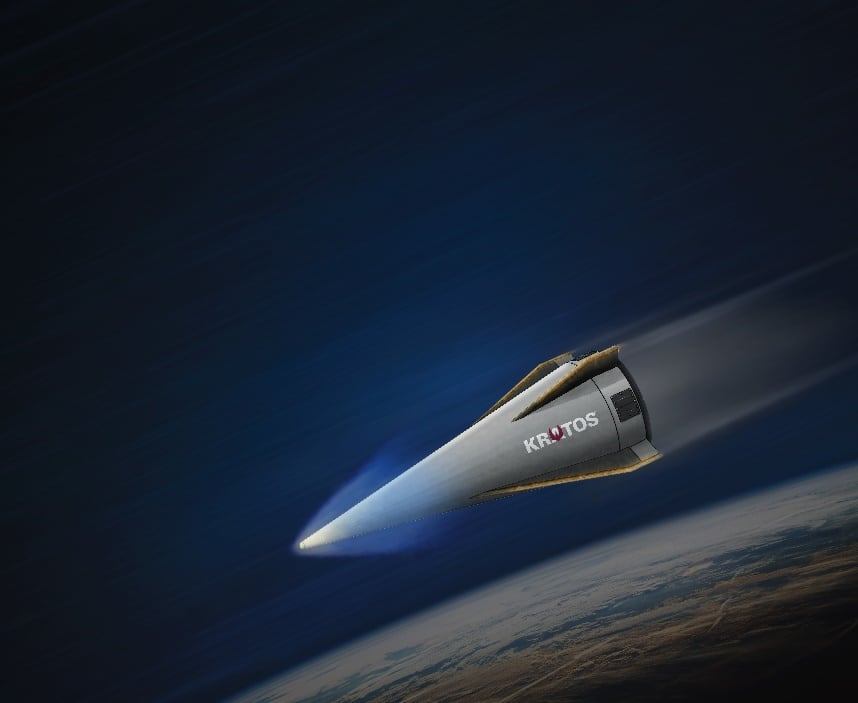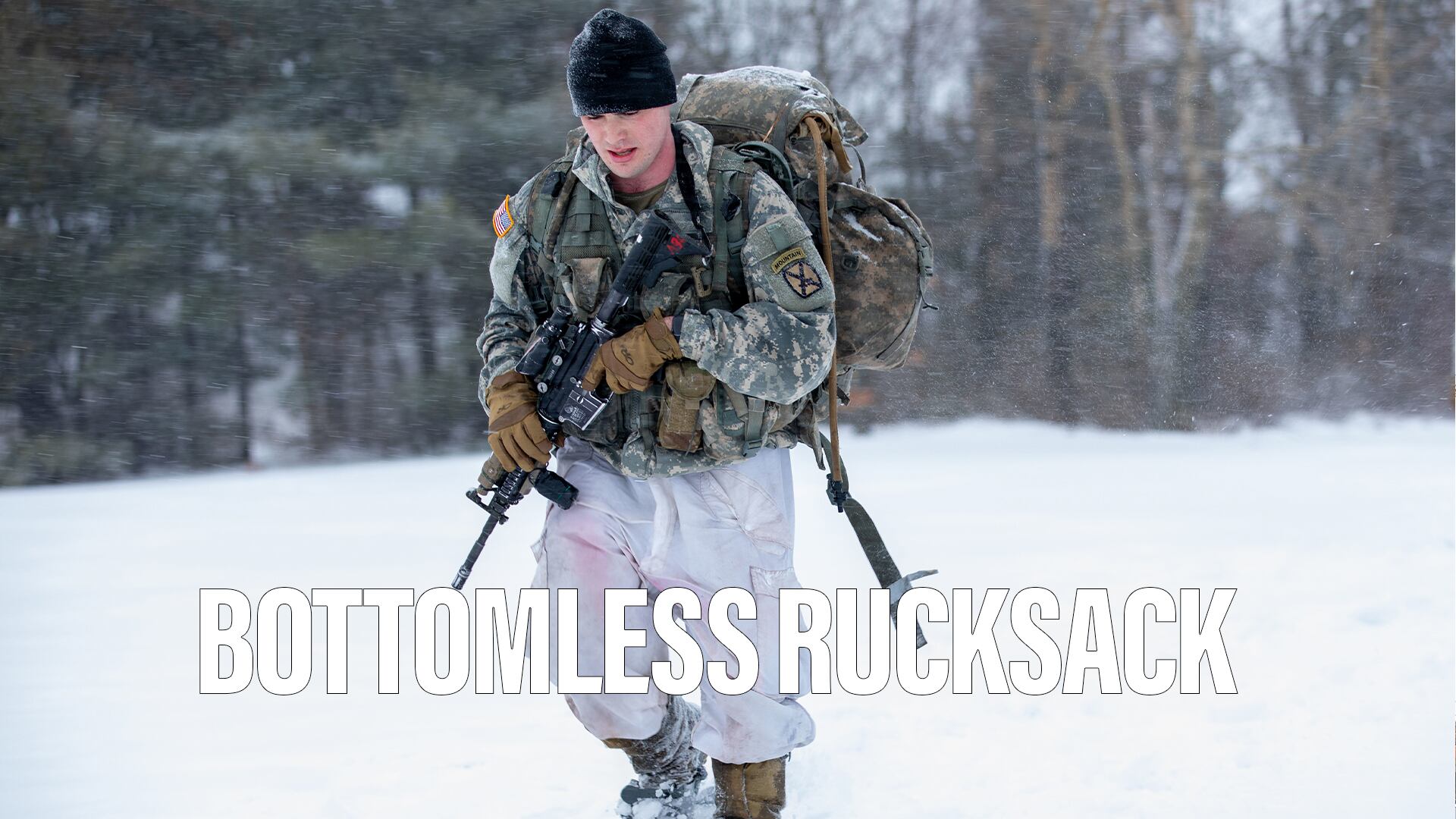WASHINGTON — A compromise defense policy bill released Wednesday night would grant the Air Force’s request to retire older F-15 Eagle fighters, A-10 Warthogs, and other aircraft, but again block its attempt to mothball 32 older F-22A Raptors.
And lawmakers want to see more of the Air Force’s plans for folding drone wingmen known as collaborative combat aircraft into its fleet at an affordable rate, and how it plans to create the Next Generation Air Dominance future fighter platform, as part of the $874.2 billion conference version of the Fiscal 2024 National Defense Authorization Act.
RELATED

The Air Force proposed retiring 42 A-10s and 57 F-15C and D-model fighters as part of its proposed FY24 budget. This would bring the total number of A-10s down to 218, and the F-15C/Ds down to 92.
The conference NDAA would approve the Air Force’s A-10 request, but would allow the fleet to drop no lower until six months after the service sends Congress a report on how it plans to carry out close air support, combat search and rescue and other Warthog-centric missions.
The Air Force and Congress have argued for years over the A-10, with the service saying the plane would not be survivable in a future war. Congress until last year continually blocked the service’s attempts to retire the Warthog.
A Thursday release from Rep. Rob Wittman, R-Va., chairman of the House Armed Services subcommittee on tactical air and land forces, said the NDAA also would authorize the Air Force to retire early-model F-15s.
But Congress is getting ready to halt, for the second year in a row, the Air Force’s effort to retire some Block 20 F-22s the service says are not able to carry out combat missions.
Those 32 F-22s are now mostly training aircraft, and the service has said getting them ready to fight would be prohibitively expensive. In spring 2022, when the service first proposed retiring 33 of those F-22s, officials said it would cost $1.8 billion over eight years to make them combat-capable.
However, Congress blocked the first attempt at retiring those F-22s in the FY23 NDAA, and is moving to do so once again.
The Air Force would also be required to keep at least 1,112 fighters in its inventory, a temporary reduction from the minimum requirement of 1,145. However, the Air Force now has roughly 1,800 F-15s, F-16s, F-22s and F-35s and is not near that minimum.
By April 1, Congress wants the Air Force to present a long-term plan for its tactical fighter force’s structure, recapitalization, training and sustainment.
This should include the mix of fighters in the flight that will be needed to meet challenges around the world, and plans to supplement or replace existing piloted fighter capacity with collaborative combat aircraft.
Plans for NGAD, drone wingmen
The NDAA would order the Air Force and Navy to send lawmakers reports by May 1 explaining their plans for acquiring fleets of CCAs affordable enough to be lost on missions without busting their budgets.
Lawmakers said in the conference report the Air Force and Navy’s plans to create their own fleets of CCAs could “significantly increase the lethality of existing tactical fighter aircraft.” But they worry the services haven’t explained how they can acquire enough attritable or expendable CCAs, at an affordable cost, to make the concept work.
Congress also wants to see more details on the Air Force and Navy’s plans for their piloted NGAD programs. This would include key milestones, development and testing events, and performance goals for the engineering, manufacturing and development phase of NGAD, as well as expected costs for the EMD phase and low-rate initial production lots for NGAD’s air vehicle, propulsion, mission systems, subsystems, software, and other elements.
These so-called “matrices” would become the baseline for NGAD’s early phases. And the NDAA would also require the Government Accountability Office to review those matrices and identify cost, schedule or performance trends.
Lawmakers would prohibit the Air Force from moving to shut down the production line for the HH-60W Jolly Green II combat rescue helicopter, made by Sikorsky and Lockheed Martin. The Air Force has curtailed its planned purchase of HH-60Ws, arguing they would not be survivable in a high-end conflict with an advanced nation like China.
But the Air Force would get its request to retire two more E-3 Sentry airborne warning and control system aircraft in 2024, which would bring the AWACS fleet down to 16, but no further this year.
The Air Force wants to retire 52 of its older T-1A Jayhawk trainers in 2024. The NDAA would put those on hold until the service confirms it has put into place across the fleet a new flight curriculum dubbed Undergraduate Pilot Training 2.5. Congress wants a report on how UPT 2.5 has helped aspiring pilots finish their training, and how the T-1 retirements might affect the Air Force’s attempt to speed up pilot training.
Another provision in the NDAA addresses Boeing’s decision to start building components of some T-7A Red Hawk trainer aircraft before the Air Force officially issued a contract for the planes.
GAO said in a blistering May report on the T-7 the early initial construction on the planes meant the Pentagon couldn’t conduct all the production oversight needed to ensure the new Red Hawks will meet contract requirements. Boeing told GAO it took that step to keep its suppliers busy and manufacturing costs down, in the face of schedule delays and financial losses.
The NDAA would order the Air Force to submit a plan spelling out when it would accept T-7 production work that was done before a contract was issued and not subjected to the usual oversight. Lawmakers also want the Air Force to conduct an assessment of the risks from overlapping development, testing and production phases on the T-7.
Meanwhile, Congress wants to see the Air Force’s plan for updating its tanker fleet — including the impending recapitalization of the KC-135 fleet, and then procurement of the Next Generation Air Refueling System, or NGAS — before the service can release its acquisition strategy for the KC-135 recapitalization.
This should include a business case analysis, and validated requirements for the contract competition for the next wave of tanker purchases, the NDAA said. The Air Force is strongly considering buying more KC-46 Pegasus tankers from Boeing for the next tranche of tankers, although Airbus is still planning to compete for the contract after its partner, Lockheed Martin, dropped out.
The legislation also requires the Pentagon to consider whether Warthogs slated for retirement or storage could be transferred to another ally or partner nation of the United States.
Some supporters of military assistance to Ukraine have suggested giving it retiring A-10s, although the NDAA does not cite Ukraine in the provision.
Stephen Losey is the air warfare reporter for Defense News. He previously covered leadership and personnel issues at Air Force Times, and the Pentagon, special operations and air warfare at Military.com. He has traveled to the Middle East to cover U.S. Air Force operations.








